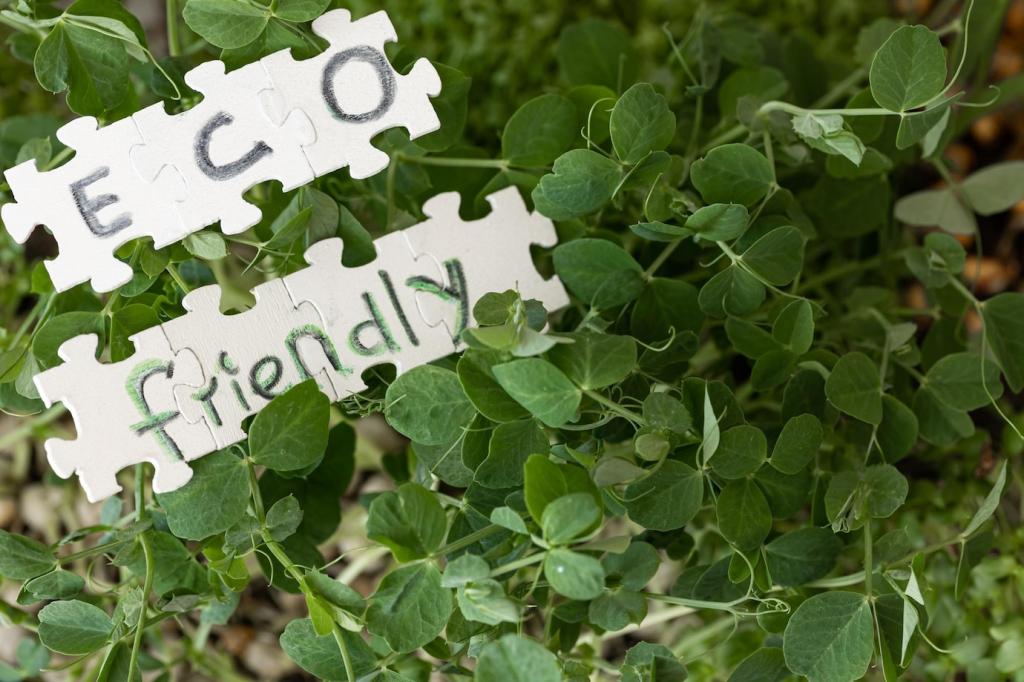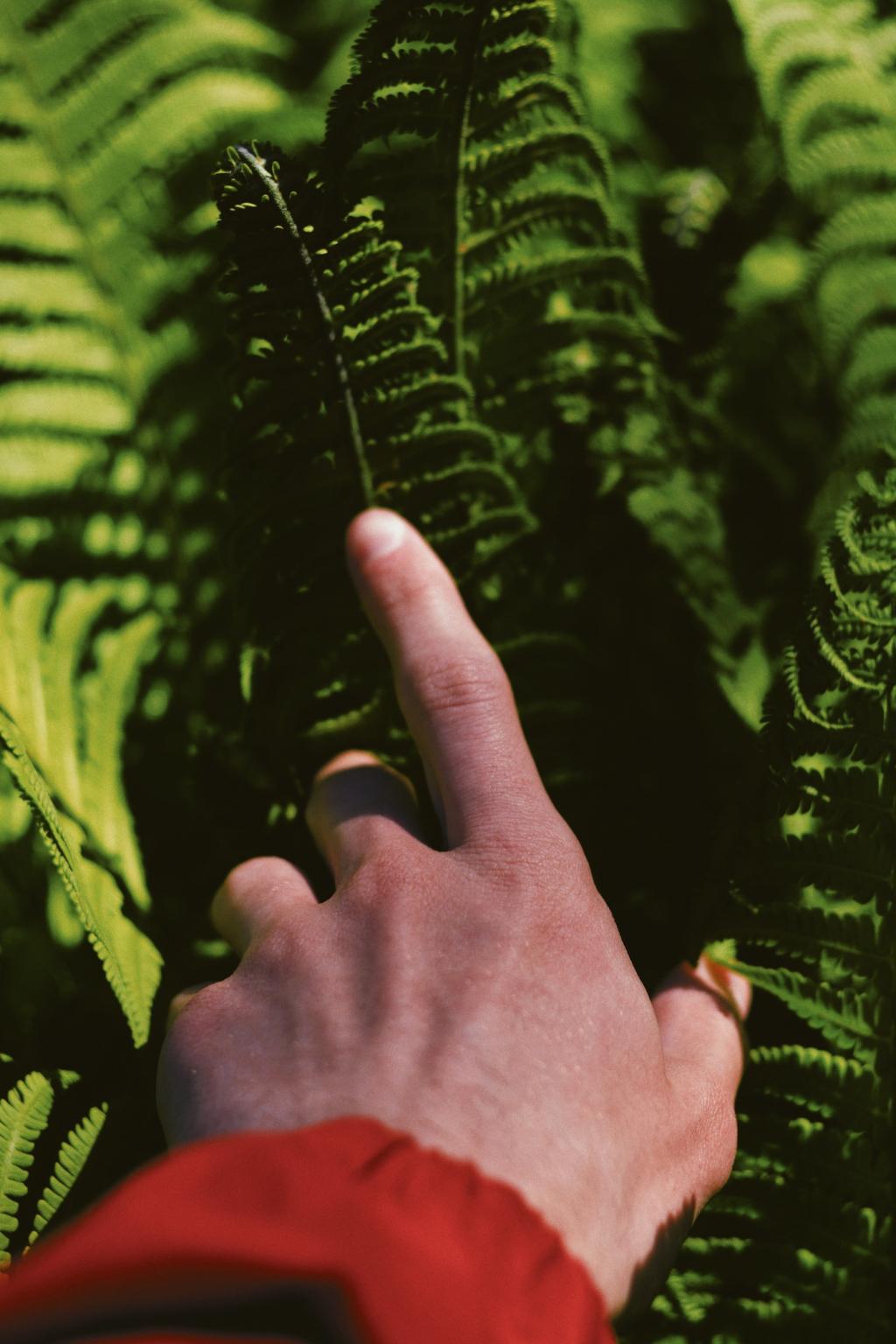The Role of Earthy Tones in Minimalist Interiors

Why Earthy Tones Elevate Minimalism
Beige, ochre, and olive introduce depth without increasing objects. Their low visual contrast reduces cognitive load, letting you keep fewer items while feeling more complete. Test it with one wall and a throw, then share your impressions.
Palette Building: From Clay to Charcoal
The 60/30/10 Rule, Warm Edition
Choose a soft sand or mushroom as 60%, a clay or camel at 30%, and a charcoal or bark accent at 10%. The result feels grounded yet crisp. Try flax linen, adobe cushions, and a dark metal lamp for proof.


Undertones Matter
Beiges can skew pink, yellow, or green; olives can run muddy or luminous. Sample next to floors and in morning and evening light. Adjust one step at a time until undertones harmonize. Share your best swatch discoveries with photos.

Limewash and Clay Plaster
These finishes diffuse light, adding gentle movement without patterns. Their soft, mineral colors prevent flatness in pared‑back rooms. Low‑VOC options keep air quality in check. Create a sample board with three passes, then share your preferred dilution.

Woods: Oak, Walnut, Ash
Oak’s golden cast, walnut’s cocoa depth, and ash’s pale clarity each shift earthy palettes. Align grain direction with sightlines for calm flow. Oil finishes enrich color without shine. If you’ve refinished a piece, post before‑and‑after shots and tips.

Textiles: Linen, Wool, Jute
Linen breathes, wool comforts, jute grounds. Mix weights for seasonal flexibility and tactile contrast. Keep patterns subtle—herringbone or basketweave—to honor minimal lines. Share your most durable rug and the room it transformed; maintenance notes welcome.
Three‑Object Vignettes
Compose a triangle: a matte vessel, a textured book, and a natural element like a stone. Vary height, keep colors within your palette. Edit ruthlessly. Share your trio and what you removed to make the arrangement finally breathe.
Art with Earth in Mind
Choose fiber art, charcoal sketches, or clay reliefs that echo your tones. Frames in walnut, oak, or linen wraps keep cohesion. One large piece beats many small ones. Post a link to a maker you love to support thoughtful art.
Plants as Living Neutrals
Olive trees, rubber plants, and dried grasses read as gentle greens and tans, not loud accents. Terracotta pots integrate color and texture. Set a watering rhythm to avoid stress marks. Which plant behaves best in your light? Share your care routine.

Case Study: A One‑Bedroom Transformed
White walls, blue daylight bulbs, glass surfaces, and a scatter of trendy decor left the apartment loud and chilly. The occupant avoided the living room at night. Sound familiar? Describe your own starting point to get tailored suggestions.

